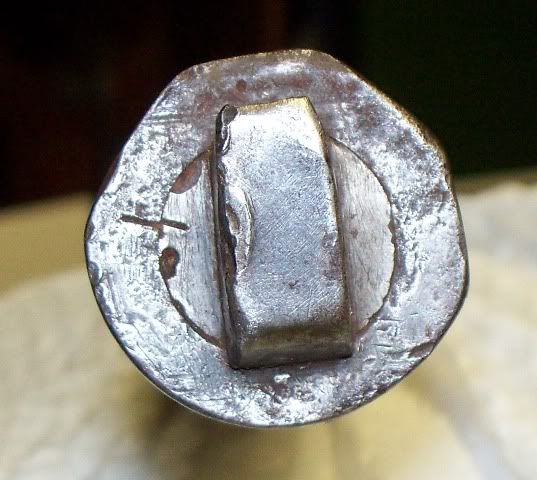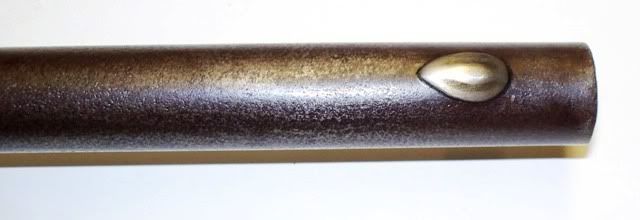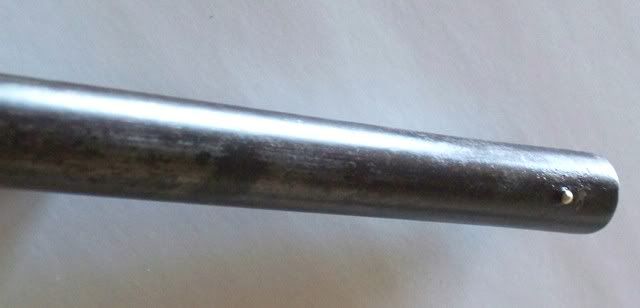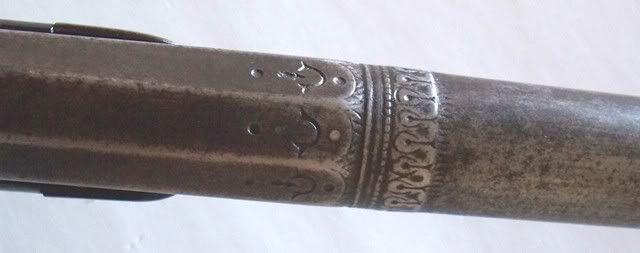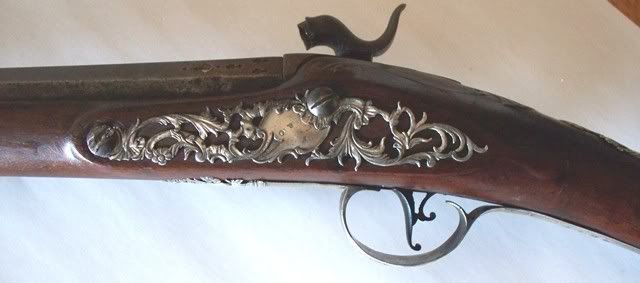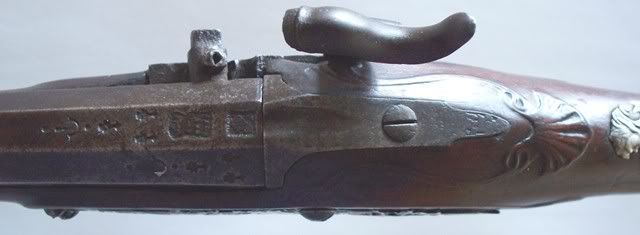Lets see the different octagonal to round barrels.
I'm curious about the variations, french/english; number/length of flats, sighting flat, etc.
for example, how do french fusil barrels (with their myriad differences) vary from carolina guns, wilson trade guns, fowling pieces, etc. . .
not original, but check out this pic:
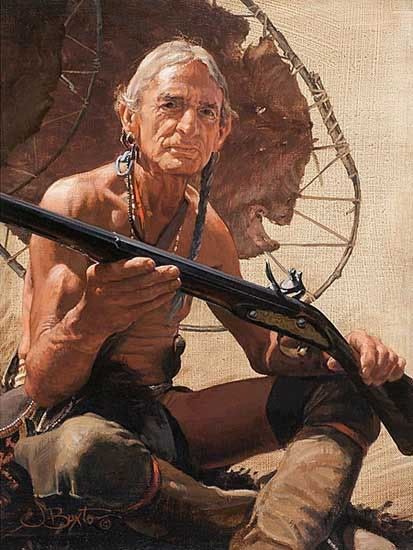
I thought that top flat was well represented.
I'm curious about the variations, french/english; number/length of flats, sighting flat, etc.
for example, how do french fusil barrels (with their myriad differences) vary from carolina guns, wilson trade guns, fowling pieces, etc. . .
not original, but check out this pic:

I thought that top flat was well represented.







